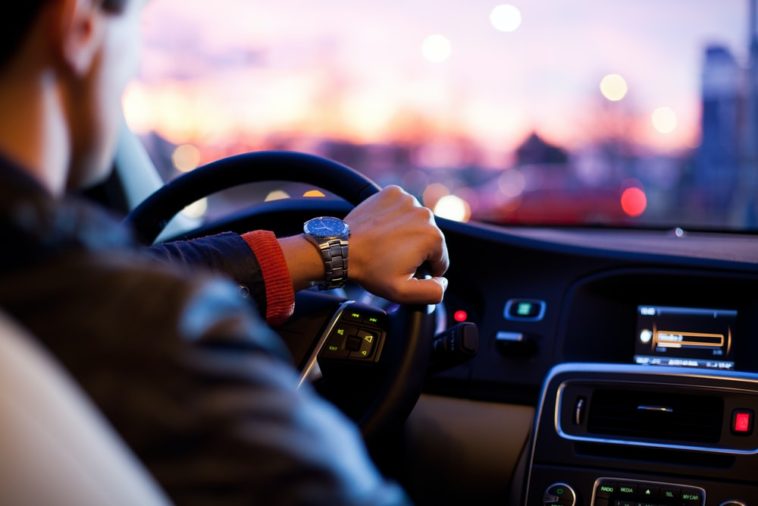According to recent DVSA statistics, more and more drivers are eschewing manual cars for automatic lessons: 14.0% of exams have been performed as an automatic type, and in 2008, 3.8% of tests had the same results. Automatic lessons have been increasing in prevalence, with so many of them available; hence, the abundance of cars with manual transmission is the real toughness that needs to be dealt with one way or another. There are a number of things you may want to factor in before you make a final decision to take this or that.
Limiting Your Skills
Learning to drive on an automatic vehicle may seem like an initially enticing option, but if you want to have the luxury of choice when it comes to the cars you drive you may need to think again. Learning automatically precludes you from driving a manual vehicle until you upgrade your test, limiting your options when choosing a vehicle and potentially presenting issues if you need to borrow or rent a car.
Learning and Accessibility
Put simply, learning automatic is easier than learning manual. This may seem like a self-evident fact, but it is important to understand exactly why. Automatic driving involves less movements and mobility than manual driving, which requires hand movements and deft operation of a clutch pedal. As such, automatic cars can be more accessible.
Manual driving, meanwhile, requires more co-ordinated movement to pull off successfully. While rewarding in its own right, this can take longer to get right. In order to keep learning costs down, manual learners may take informal lessons from friends and relatives. If you do this, it is important that you get learner driver insurance for a day in order to be covered on your friend’s or relative’s vehicle.
Cost of Learning
Speaking of the cost of learning, there are key cost advantages to both automatic and manual learning. For starters, manual driving lessons are often cheaper than lessons in automatic vehicles. However, automatic is easier to learn – meaning that you would need fewer lessons, and thus spend less money on lessons. If you are a quick learner, learning to drive manual can be cost-effective, while automatic is a convenient way to save costs.
Insurance Considerations
Finally, there are some long-term factors you may want to think about while comparing your alternatives. One specific aspect is that of insurance; automatic cars tend to have higher insurance costs compared to cars with manual gearboxes. This is due to several factors that make automatic vehicles and their drivers be seen as a higher risk than manual drivers. If your goal is to maintain running costs low in the future, driving a manual could be cost effective.



